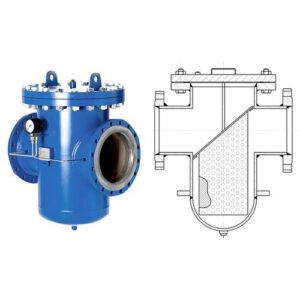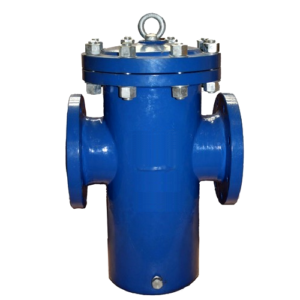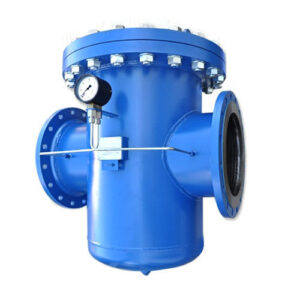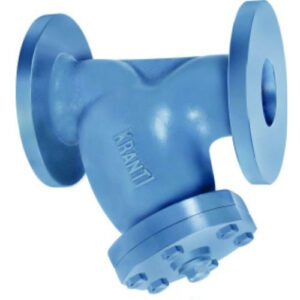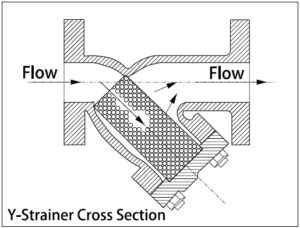Y – T Strainer – Basket
A strainer is usually installed before centrifugal pumps. It should be noted that suspended particles in rotary pumps, especially screw pumps, contribute to pumping efficiency. If the size of the suspended particles and their amount is so much that it is not practically possible and economical to use a strainer, slurry or rotary pumps should be used.
Suspended particles can cause impeller obstruction, shaft and casing wear, etc. To prevent these factors, a Strainer pump must be installed at the inlet.
Usually two types of strains, which are Y and T, are installed at the pump inlet, and their difference with the filter is that the filter is used for much smaller particles (not visible to the naked eye) and low fluid flows.
In addition to the difference in the appearance of the Y and T strainer, it should be said that normally the Y strainer is installed on the pipe up to 4-inch and the T strainer is installed on a larger pipe.
The purpose of both forms of strainer is to capture flow particles.
In the oil and gas industry, the use of Y strainer is more common.
The shape of this strainer is Y-shaped and consists of a chamber or body and a mesh and at the end of the body a lid to drain the accumulated particles. In the strainer, due to the change of flow direction, pressure drop occurs.
Basket Strainer is used if the amount of solid particles in the fluid is high. It should be noted that the Y and T strainers can be installed horizontally and vertically, but the Basket strainer can only be used horizontally.
Also, Y and T strainers can be used to catch particles from gas, but Basket strainers can only be used for liquids. The pressure drop of the Y strainer is larger than the Basket because its size and space are smaller than the Basket strainer.
Solids
The pump data sheet should indicate the solids content of the pumped fluid in weight parts per million and give the solids mean size and specific gravity. If certain pump construction styles such as coke crusher or slurry type are known to be required based on prior experience, they should be specified. The solids content of the liquid affects the following aspects of pump design:
a. Flow characteristics of the fluid (Newtonian, non-Newtonian, etc.).
b. Design for erosion resistance.
c. Flow passage size, impeller style and peripheral speed.
d. Design features to disintegrate large particles, such as coke crusher design.
e. Shaft sealing design.
The common solids found in refinery streams are coke and catalyst particles.
In services with solids, pumps should be protected from large particles such as agglomerates of coke by permanent strainers in the pump suction and/or by devices such as coke strainers in the bottom of vacuum pipe stills.
The abrasiveness of the solids in the slurry is important to pump design and maintenance requirements.
The best means of describing the abrasiveness is to provide hardness data on the solids.
Two scales frequently used in slurry engineering are the Moh’s hardness scale and the Knoop number.
If fracturing of the solids is detrimental to the process, as it is in some semi- solids applications, this should be indicated.
A slurry is arbitrarily defined as more than 1% solids in liquid by weight.
Conventional pump construction is usually suitable for solids concentrations up to 2.0 wt%, and when the solids are less than 100 microns in size.
Exxon Mobile

